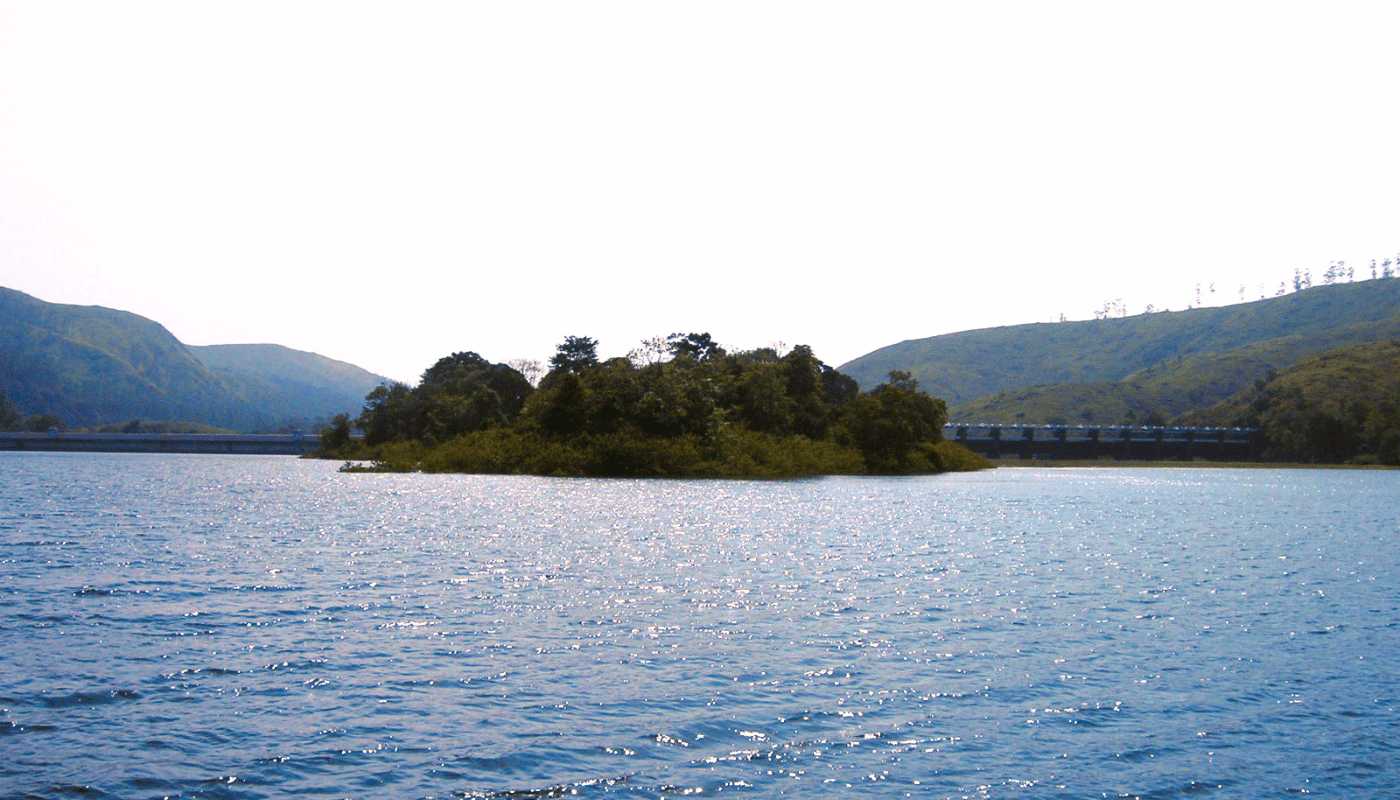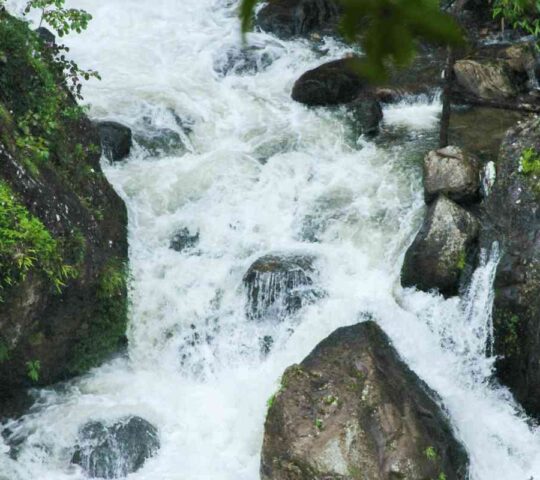Hightlight
-
 Car parking
Car parking
-
 Non smoking
Non smoking
Mullaperiyar Dam, a gravity dam on the Periyar River in the Idukki district of Kerala, stands as a testament to engineering prowess from the late 19th century. Constructed between 1887 and 1895, the dam is situated in the Cardamom Hills of the Western Ghats. The primary objective of building this dam was to divert water eastwards to Tamilnadu’s Madras Presidency. The structure is impressive, measuring 53.6 meters in height and 365.7 meters in length, with a reservoir capacity of 443,230,000 cubic meters.
Mullaperiyar Dam: Safety Concerns and Interstate Disputes
The dam is vital for generating hydroelectric power through the Tamil Nadu Generation and Distribution Corporation Limited. However, its age and the seismic activity in the region have raised safety concerns over the years. These concerns have led to ongoing disputes between Kerala and Tamil Nadu, with legal and political tensions simmering due to differing views on the dam’s safety and water management.
Built by British engineers, the dam faced initial setbacks when floods washed it away, necessitating a rebuild with stone. The Mullaperiyar Dam significantly impacted both states; it prevented floods in Travancore, provided essential water to Madurai, and transformed arid regions in Tamilnadu into fertile lands. The reservoir’s water is channeled to Tamil Nadu through tunnels drilled through the Western Ghats, showcasing an impressive feat of infrastructure.
Despite being located in Kerala, the dam is operated by Tamil Nadu under a 999-year lease agreement. The legal and operational complexities have involved numerous expert committees and legal battles to ensure the dam’s safety and effective management.
Adjacent to the dam, the Periyar Tiger Reserve hosts a significant population of tigers, adding ecological importance to the region. The ongoing safety debates have included assessments of structural integrity amidst seismic activities, with reports of damage triggering further discussions.
Overall, the Mullaperiyar Dam is not only a crucial water and power resource but also a focal point of inter-state governance, safety concerns, and ecological significance.





